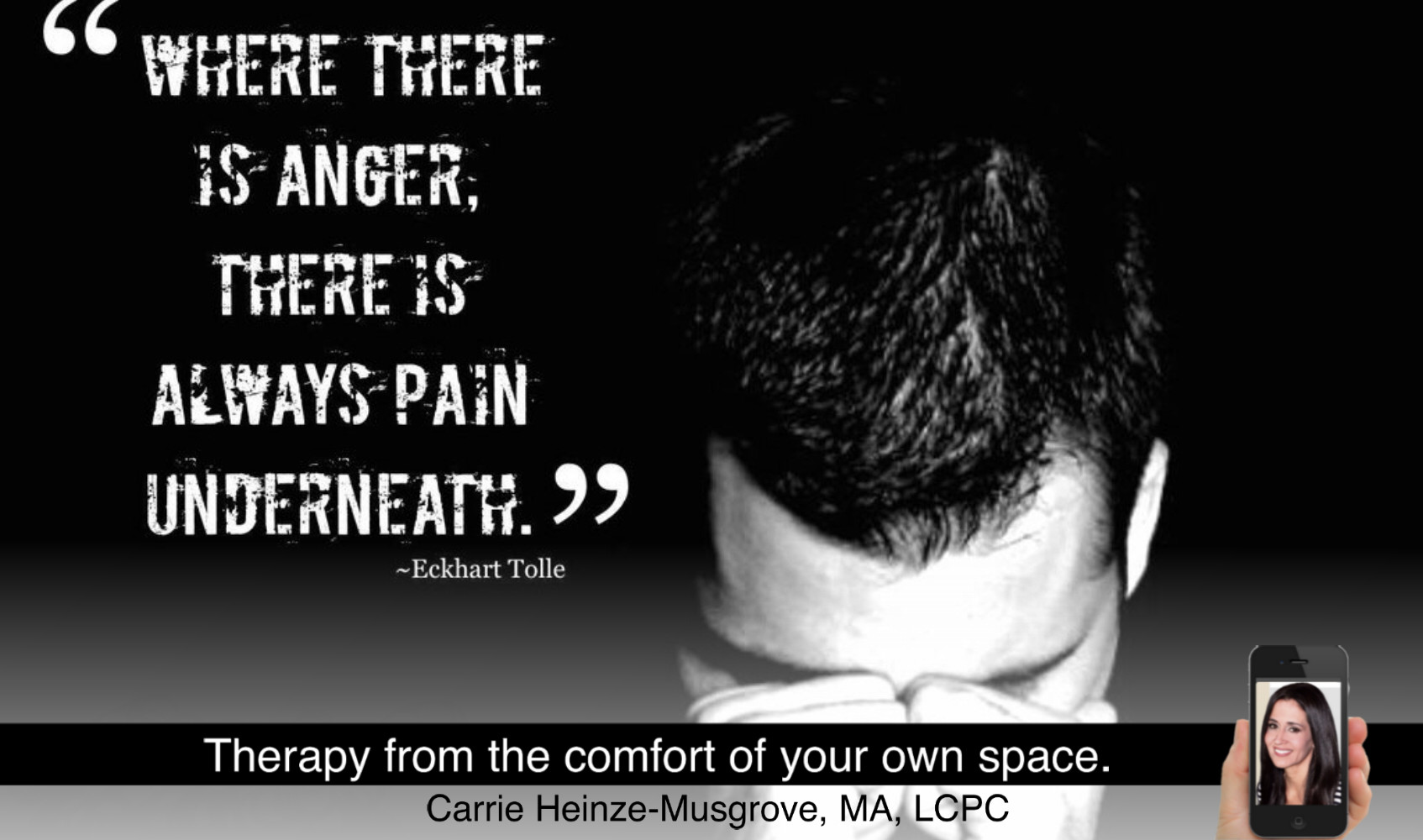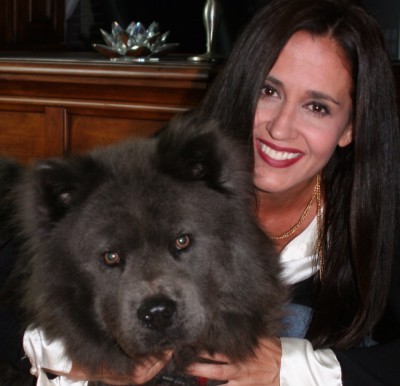Everyone feels angry at different times and to varying degrees. Reactions can range from a mild irritation, to frustration, to rage. Feeling angry is normal. Anger is not the problem. What’s can be problematic is what we do with our anger.
Most people don’t realize that anger is a secondary emotion. Some other emotion always comes first and triggers our anger response. The emotions that come first are called primary emotions. A primary emotion is any emotion that precedes anger.
An important step in therapy is learning to recognize your primary emotions. A primary emotion is a painful feeling, such as loneliness, sadness, a feeling of inadequacy, rejection, worthlessness, or fear. Anger never happens without first experiencing a primary emotion. There is always another emotion that reinforces it.
We typically won’t allow others to see our primary emotions because it’s uncomfortable. It creates feelings of being vulnerable and out of control. So, in order feel more in control, we subconsciously shift into anger mode.
Anger can provide a surge of energy and makes us feel more in charge, rather than feeling vulnerable or helpless. It’s where we attempt to exert our power over others. But it is really a false sense of control because when we act out anger we are unreasonable. Anger actually controls us.
Therapy involves learning to differentiate between primary and secondary emotions, which in turn, provides powerful coping skills. Part of anger management is learning your triggers and working on self-regulation. But the other part is finding the source and addressing it effectively.
Is anger creating issues in your life? I want to help you get back in control. Take the next step
Click here to learn more about managing anger, including a self-quiz.
Carrie







Can you post information about dealing with PTSD plz. Thank you.
I have an entire section on PTSD on my website. http://www.carrienet.com/ptsd/